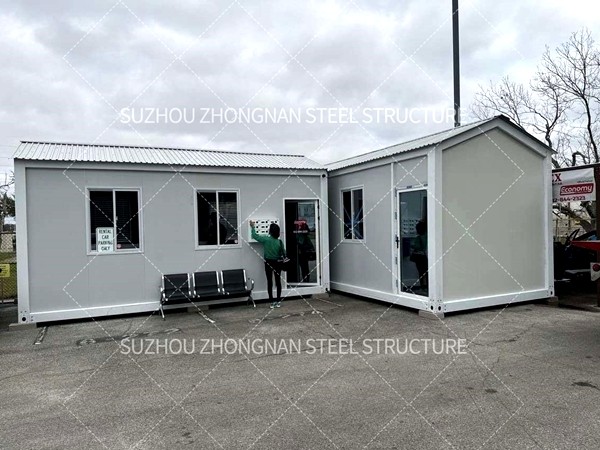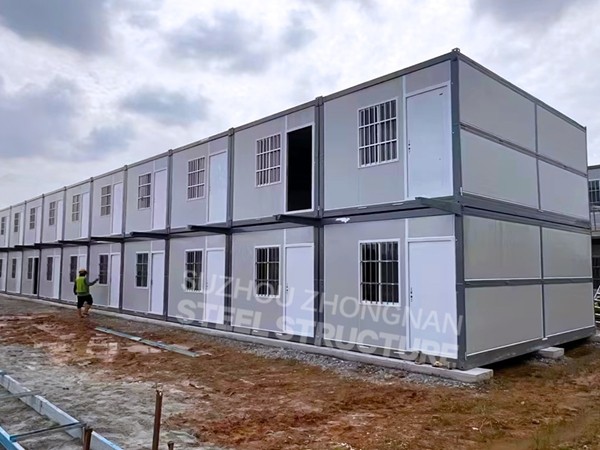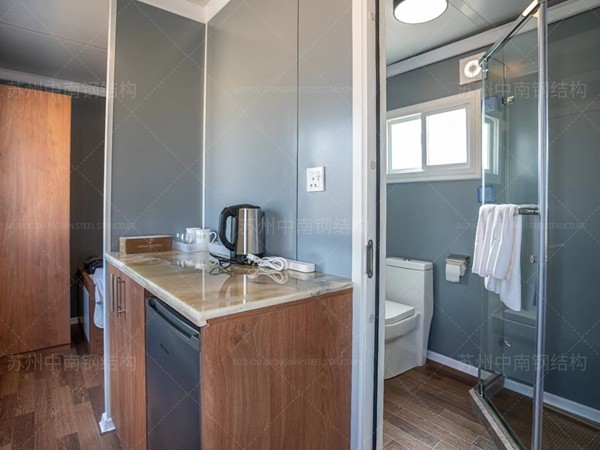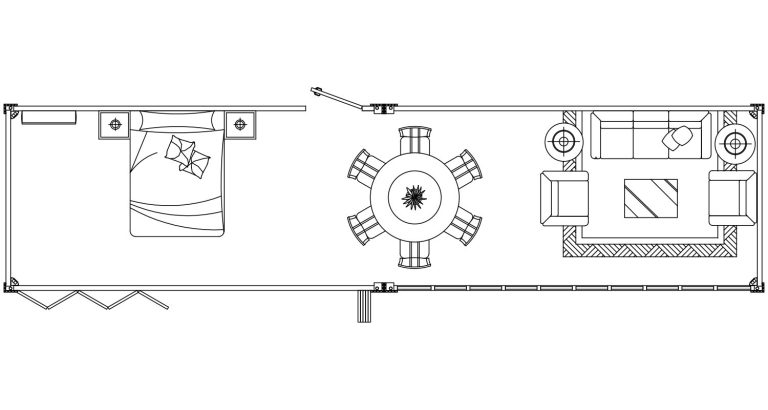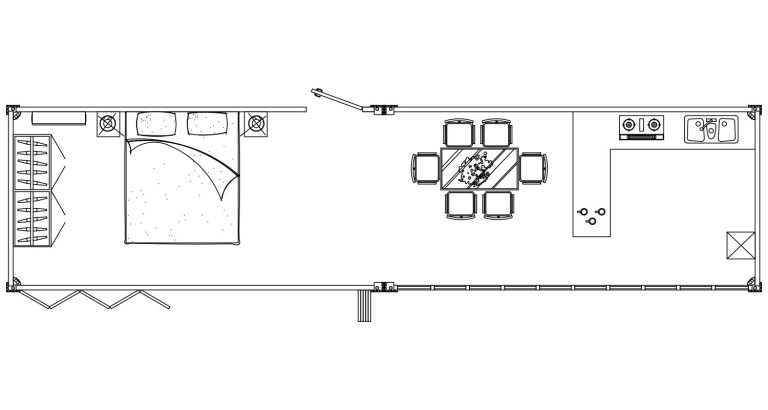assemble house
In the dynamic world of homebuilding, assembling houses has emerged as a game-changing innovation, turning heads and capturing hearts worldwide. It’s more than just a construction method; it’s a revolution in the housing industry. With its profound impact on cost efficiency, sustainability, and architectural creativity, assembled housing has positioned itself as a front-runner in the future of living spaces. Here’s a comprehensive exploration of the assembled housing phenomenon, drawing from expert insights, real-world applications, and authoritative academic research.
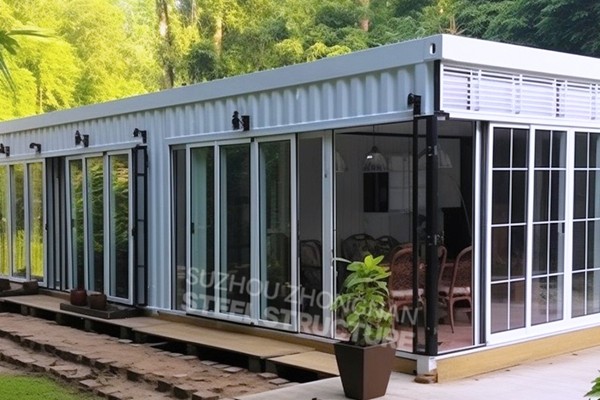
Assemblage in Housing A New Era of Construction Efficiency
Assembled houses, often interchangeably referred to as modular or prefabricated houses, are constructed in sections, often manufactured off-site and then transported to the final location for assembly. This method offers significant cost savings by streamlining construction processes and minimizing material waste—a critical factor in contemporary environmentally conscious construction paradigms.
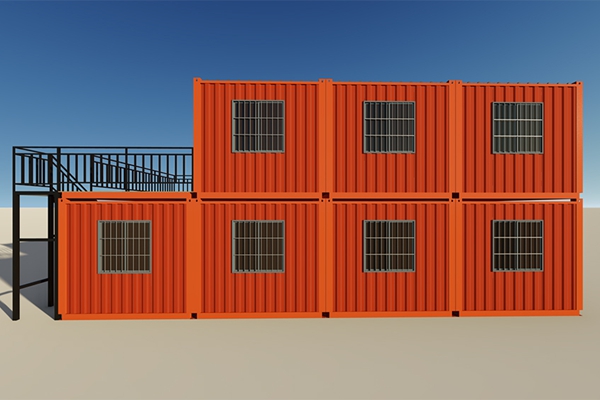
Industry specialists highlight that the modular housing market is projected to grow significantly over the next decade, driven by increasing urbanization and a heightened demand for affordable housing solutions. This growth is supported by technological advancements in prefabrication, ensuring higher quality and more durable structures than traditional methods.
Sustainability The Eco-Friendly Backbone
Environmental sustainability is at the core of the assembled housing movement. The construction industry is notorious for its substantial carbon footprint. However, assembled housing offers a sustainable alternative, reducing emissions through efficient material usage and minimizing on-site disruptions.
Further emphasizing sustainability, modular housing frequently incorporates eco-friendly materials and energy-efficient designs. Solar panels, high-performance insulation, and rainwater harvesting systems are often integrated, reducing the operational carbon footprint of homes. The industry standard has shifted toward zero-waste production processes, cutting down on material surplus and promoting recycling initiatives.
Expert Insight Architectural Flexibility and Innovation
One of the most compelling aspects of assembled houses is their architectural versatility. They can be tailored to fit diverse geographic, cultural, and climatic contexts, thus offering architects a canvas of immense potential. According to renowned architect Sarah Johnson, modular homes present unique opportunities for creativity, allowing for innovative, customizable designs that meet specific client needs.
Innovations stem not only from the structural capabilities of modular units but also from the technological advancements in design software. Programs like Building Information Modeling (BIM) allow for precise planning and execution, ensuring that each module is constructed with millimetric precision.assemble house
Authority in Practice Case Studies Around the Globe
The actual application of assembly construction can be seen in numerous groundbreaking projects worldwide, setting benchmarks in the industry. For instance, in Sweden, where modular construction is a dominant building method, companies like BoKlok, a collaboration between IKEA and Skanska, produce affordable and stylish homes. Their projects underscore a commitment to community-focused urban development, proving that modular housing can be both cost-effective and aesthetically pleasing.
In the United States, the urban landscape of Brooklyn, New York, showcases innovative modular skyscrapers. Companies like SHoP Architects and Forest City Ratner Companies have pioneered high-rise buildings composed of modular units, demonstrating the feasibility of modularity in dense urban environments.
Trust and Reliability Quality Assurance and Certifications
Quality control is paramount in the assembled house industry, as each module undergoes rigorous testing before leaving the factory. This controlled manufacturing environment ensures stringent adherence to safety and quality standards, providing consumers with reliable and durable housing options. Third-party certifications authenticate the structural integrity and eco-friendliness of these homes, building consumer trust.
Certifications from bodies such as the Modular Building Institute and National Home Quality Mark further enhance the credibility of modular housing, informing buyers and stakeholders about the quality and sustainability credentials of these constructions.
Conclusion The Future of Assembled Housing
The landscape of housing is evolving rapidly, with assembled houses at the forefront of this transformation. Offering an intelligent solution to challenges like affordability, sustainability, and rapid urbanization, assembled housing embodies the future of construction. As technology advances and consumer acceptance grows, the modular method promises to redefine how we envision, design, and inhabit our homes.
As we stand on the brink of this architectural evolution, investing in research, innovation, and promotion of assembled housing becomes a strategic imperative for stakeholders across the globe. This path not only meets the demand for high-quality, sustainable homes but also paves the way toward a greener, more efficient future.

